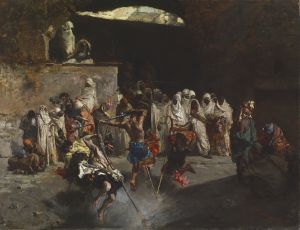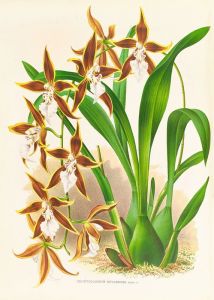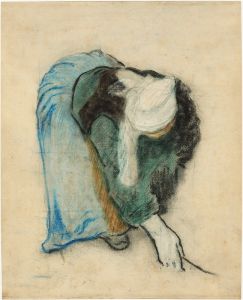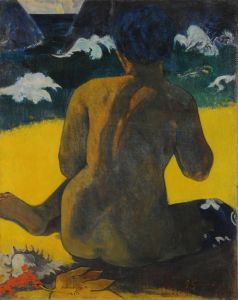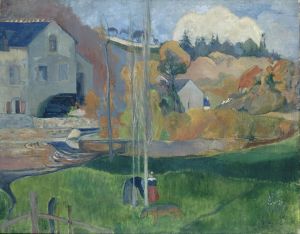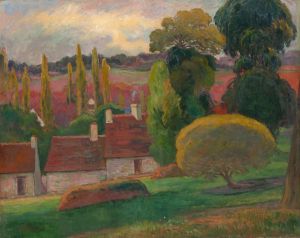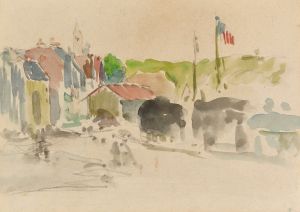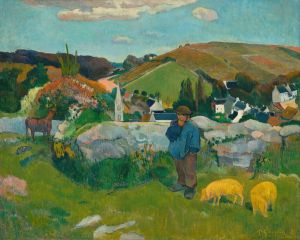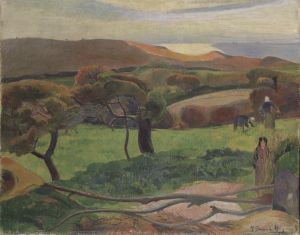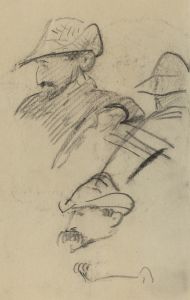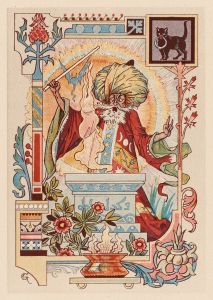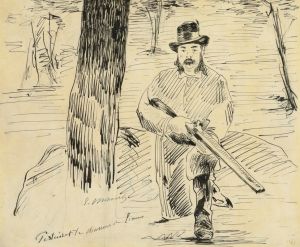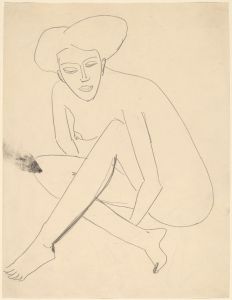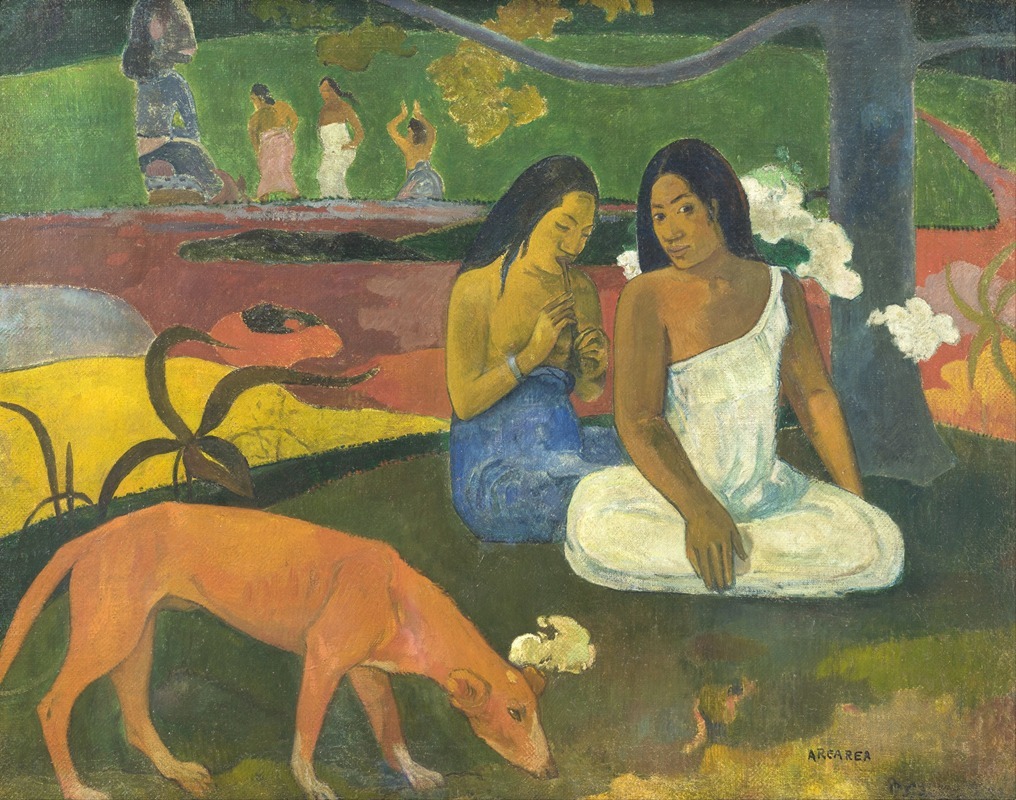
Arearea
A hand-painted replica of Paul Gauguin’s masterpiece Arearea, meticulously crafted by professional artists to capture the true essence of the original. Each piece is created with museum-quality canvas and rare mineral pigments, carefully painted by experienced artists with delicate brushstrokes and rich, layered colors to perfectly recreate the texture of the original artwork. Unlike machine-printed reproductions, this hand-painted version brings the painting to life, infused with the artist’s emotions and skill in every stroke. Whether for personal collection or home decoration, it instantly elevates the artistic atmosphere of any space.
"Arearea," also known as "Joyousness," is a painting created by the French Post-Impressionist artist Paul Gauguin in 1892. This work is one of Gauguin's most celebrated pieces from his time in Tahiti, where he sought to escape European civilization and immerse himself in what he perceived as the more primitive and pure culture of the South Pacific.
The painting is executed in oil on canvas and measures approximately 75 cm by 94 cm. "Arearea" is part of the collection at the Musée d'Orsay in Paris, France, which houses many significant works from the 19th century.
In "Arearea," Gauguin depicts a vibrant and idyllic scene that reflects his fascination with Tahitian culture and landscape. The composition is dominated by two women in the foreground, one seated and playing a flute-like instrument, while the other reclines beside her. Their expressions are serene, embodying a sense of tranquility and harmony with their surroundings. The women are dressed in traditional Tahitian pareos, which are brightly colored and patterned, adding to the painting's vivid palette.
Behind the women, a red dog lies on the grass, a recurring motif in Gauguin's Tahitian works, symbolizing loyalty and companionship. The background features lush vegetation and a distant view of the sea, framed by mountains, which enhances the sense of an untouched paradise. The use of bold colors and flattened forms is characteristic of Gauguin's style during this period, as he moved away from the naturalistic representation towards a more symbolic and expressive approach.
Gauguin's time in Tahiti was marked by his desire to capture the essence of what he believed to be an unspoiled and exotic culture. However, it is important to note that his interpretation was often romanticized and did not accurately reflect the realities of Tahitian life, which had been significantly influenced by European colonization and missionary activity. Despite this, Gauguin's works from this period, including "Arearea," are celebrated for their innovative use of color and form, which had a profound impact on the development of modern art.
"Arearea" exemplifies Gauguin's synthesis of Western artistic techniques with his own interpretations of Polynesian themes and aesthetics. The painting's composition and use of color were influential in the Symbolist movement and later inspired artists such as Henri Matisse and Pablo Picasso.
Gauguin's legacy is complex, as his works are admired for their artistic innovation but also critiqued for their cultural appropriation and the artist's often problematic personal life. Nonetheless, "Arearea" remains a significant piece within Gauguin's oeuvre and continues to be studied and appreciated for its contribution to the evolution of modern art.
In summary, "Arearea" is a testament to Gauguin's artistic exploration during his time in Tahiti, reflecting both his unique style and the broader cultural exchanges of the late 19th century. The painting captures a moment of serene beauty, inviting viewers to contemplate the interplay between culture, nature, and art.





